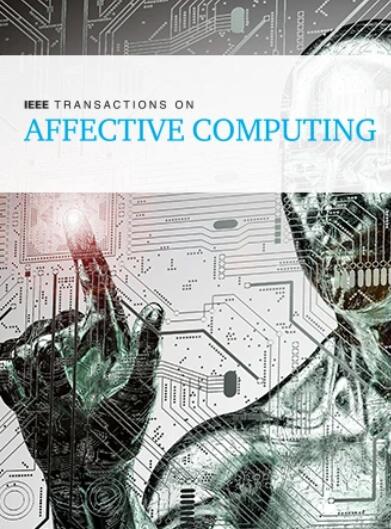Versatile Audio-Visual Learning for Emotion Recognition
IF 9.6
2区 计算机科学
Q1 COMPUTER SCIENCE, ARTIFICIAL INTELLIGENCE
引用次数: 0
Abstract
Most current audio-visual emotion recognition models lack the flexibility needed for deployment in practical applications. We envision a multimodal system that works even when only one modality is available and can be implemented interchangeably for either predicting emotional attributes or recognizing categorical emotions. Achieving such flexibility in a multimodal emotion recognition system is difficult due to the inherent challenges in accurately interpreting and integrating varied data sources. It is also a challenge to robustly handle missing or partial information while allowing direct switch between regression or classification tasks. This study proposes a用于情感识别的多功能视听学习系统
本文章由计算机程序翻译,如有差异,请以英文原文为准。
求助全文
约1分钟内获得全文
求助全文
来源期刊

IEEE Transactions on Affective Computing
COMPUTER SCIENCE, ARTIFICIAL INTELLIGENCE-COMPUTER SCIENCE, CYBERNETICS
CiteScore
15.00
自引率
6.20%
发文量
174
期刊介绍:
The IEEE Transactions on Affective Computing is an international and interdisciplinary journal. Its primary goal is to share research findings on the development of systems capable of recognizing, interpreting, and simulating human emotions and related affective phenomena. The journal publishes original research on the underlying principles and theories that explain how and why affective factors shape human-technology interactions. It also focuses on how techniques for sensing and simulating affect can enhance our understanding of human emotions and processes. Additionally, the journal explores the design, implementation, and evaluation of systems that prioritize the consideration of affect in their usability. We also welcome surveys of existing work that provide new perspectives on the historical and future directions of this field.
 求助内容:
求助内容: 应助结果提醒方式:
应助结果提醒方式:


